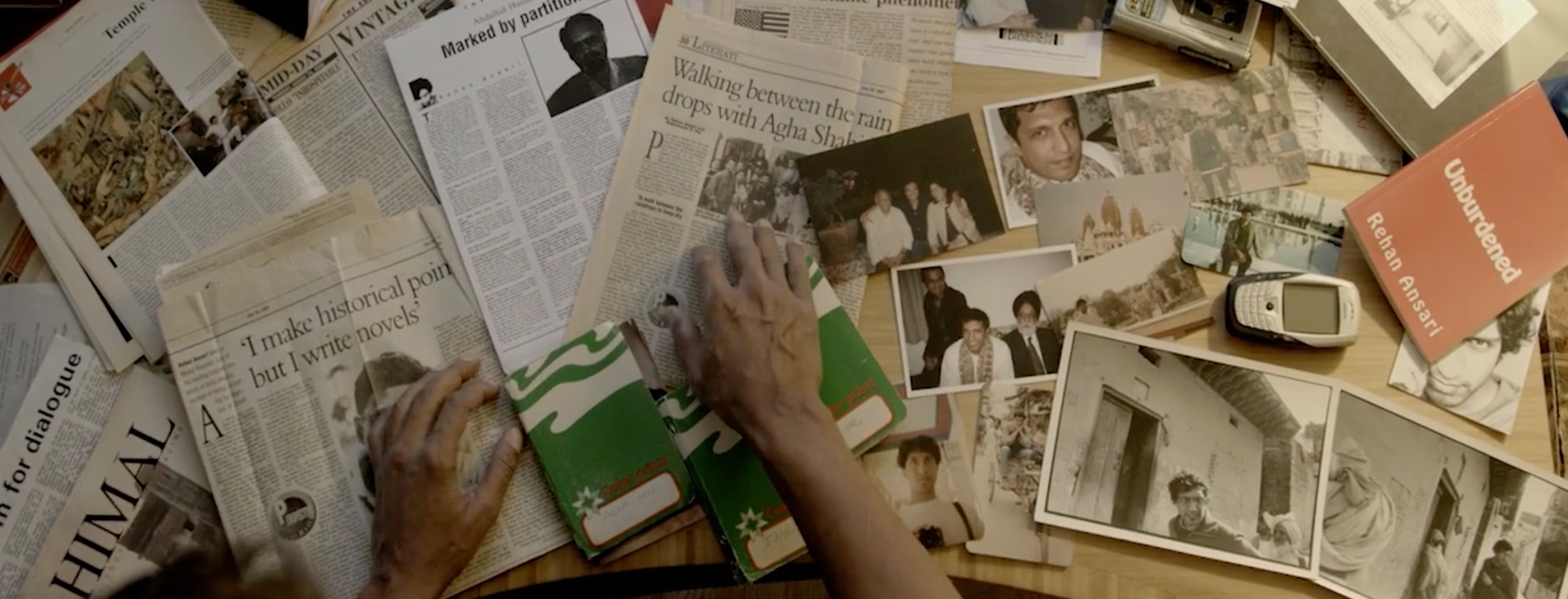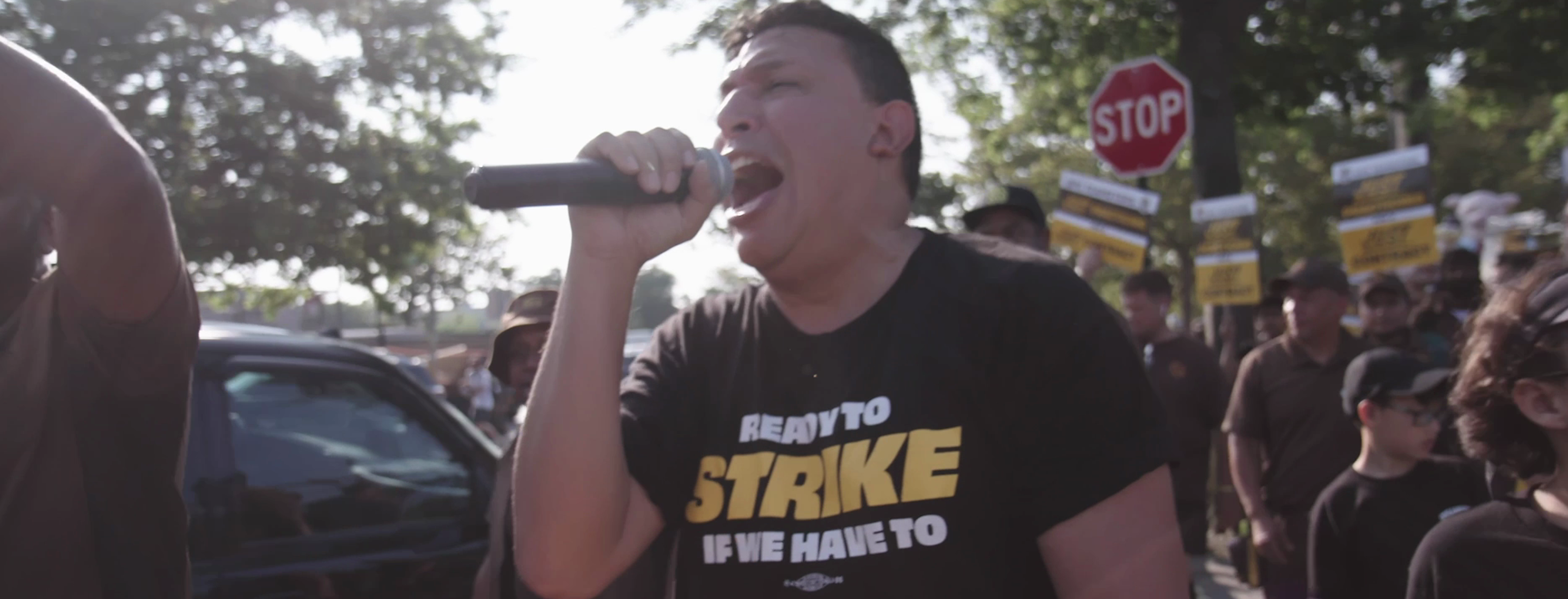
Best Practices for Applying to Documentary Grants: Part 1
A “how-to” for understanding the documentary grant landscape and the non-fiction core application.
Navigating documentary grants can be overwhelming, especially for emerging filmmakers. This article, the first in a three-part series, cuts through the noise, offering practical strategies to make your application stand out. Whether you’re a first-time applicant or refining your pitch, these guides will help you craft a stronger proposal and create stronger impressions.
But let’s be real, there’s no magic formula. Documentary filmmaking is tough, and the field is packed with talented storytellers. This series won’t guarantee funding, but it will give you the tools to sharpen your pitch, clarify your vision, and set yourself up for success. The key? Persistence, adaptability, and a story that only you can tell.
Introduction: The Importance of Grants in Documentary Filmmaking
Securing funding is one of the biggest hurdles for documentary filmmakers. Unlike traditional narrative films, which have more opportunities for commercial financing, documentaries often rely on grants from organizations that support non-fiction storytelling. However, applying for a documentary grant is a unique process that differs significantly from traditional non-profit or government grants. Understanding the landscape and mastering the grant application process can increase your chances of securing funding and bringing your documentary to life.

What Makes Documentary Grants Different from Other Grants?
Many first-time applicants treat documentary grants like government or nonprofit funding only to face rejection. Unlike traditional grants, documentary funding is story-driven. Funders want compelling narratives, strong visual storytelling, and a clear creative vision. They also invest in films that align with their mission, whether that’s social justice, environmental advocacy, or underrepresented voices. Knowing these distinctions is key to crafting a compelling application.
Here’s what sets documentary grants apart:
- Story and artistic merit outweigh stats and numbers.
- For example, American Factory focused on intimate access to workers’ lives inside a Chinese-owned factory in Ohio. The film’s strength wasn’t in hard stats but in humanizing global economic shifts through personal stories. A key reason it resonated with funders like the Ford Foundation.
- Character driving the narrative amplifies the story.
- A Thousand Cuts follows Filipino journalist Maria Ressa’s fight for press freedom under the Duterte regime. The film’s success with funders like Catapult came from its gripping character-driven approach, putting a face to the global battle for democracy and free speech.
- Funders want to see a strong creative vision—not just research.
- Crip Camp, received funding by the Sundance Documentary Fund. Its raw archival footage and first-person perspective gave it a distinct creative approach that stood out among social issue documentaries.
- Documentary Grants are often project-specific (development, production, post-production), not general operating funds.
Story is king in these applications but perspective is just as crucial. What makes your story unique? Why should a funder care? A strong application conveys your voice because funders aren’t just backing a film, they’re backing you as an artist.

The Industry Standard: Non-Fiction Core Application Project
To help streamline the application process, the International Documentary Association (IDA) introduced the Non-Fiction Core Application Project, a standardized grant format used by most major funders. While each grant may have slight variations, the core components remain the same. Mastering this structure will save time and help ensure your application meets industry expectations.
Key Components of the Non-Fiction Core Application:
- Project Description – Logline, Story Summary/Synopsis, Topic Summary, Artistic Approach, and Project Stage & Timeline
- Audience & Distribution – Strategy, Intended Audience, and Engagement & Social Impact
- Creative Personnel – Bios on Key Personnel
- Fundraising Strategy & Grant Impact – Strategy, Funding to Date, and Amount Request
- Budget – A comprehensive line-item budget for the project. Example here.
- Work Sample – Samples of prior and current work
Tip: Create a master file using the Non-Fiction Core Application structure. Then, duplicate it for each new grant you apply to. This will help streamline your application process and save you hours of work.
Resources: Review the full Non-Fiction Core Application checklist and a breakdown of the new updates to the Non-Fiction Core Application as of March 18, 2025.
– Daniel Tantalean, Film & Media Consultant, NYFA Fiscal Sponsorship
In Part 2, we’ll understand how to better craft your Logline, Topic Summary, and Film Summary. Stay tuned!